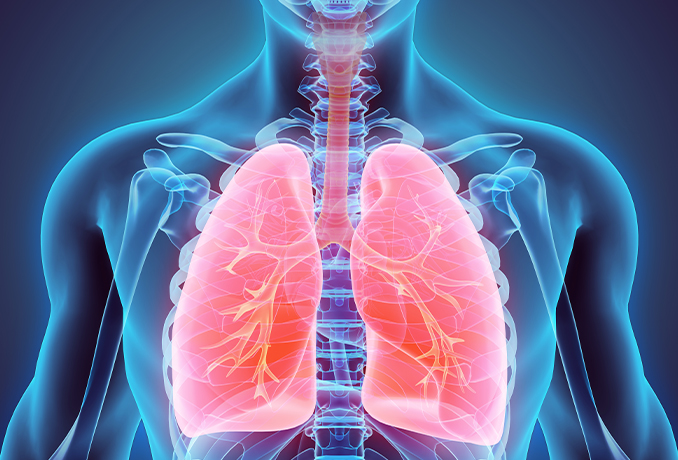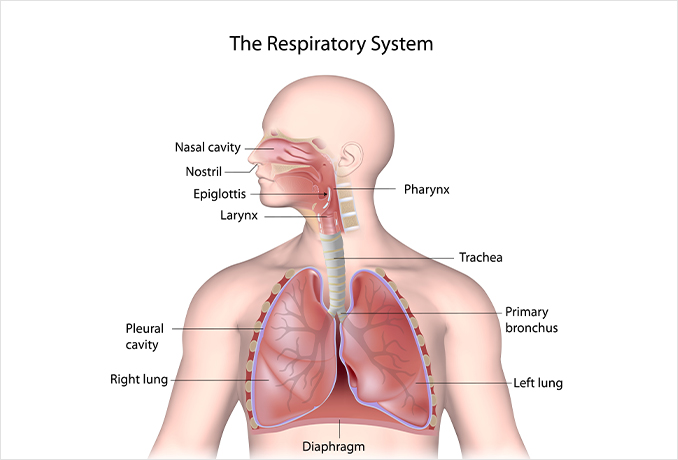Airway
Clearance Therapy
Definition of Airway Clearance Therapy


Airway clearance means that the air flows to all lung segments of the respiratory system from the upper airway to the lungs using the methods of postural drainage, percussion, and vibration, which are among the methods of chest physical therapy. Airway Clearance Therapy is a treatment that removes the lung secretions deposited in the airway wall in order to increase ventilation. Various airway clearing methods are used in order to prevent accumulation of mucus and damage to the lungs which can lead to serious problems such as dyspnea, airway obstruction, atelectasis, infection, bronchiectasis, and pulmonary dysfunction.
Airway Clearance Therapy
Methods of airway clearance therapy
-
High Frequency Chest Wall Oscillation
High frequency chest wall oscillation therapy uses a high frequency chest wall oscillator to gently compress and release the chest wall by rapidly expanding and compressing the patient's chest wall using positive pressure air pulses (Air-pulse) on the chest wall. The high frequency chest wall oscillator consists of a vest worn by the patient, an oscillator, and a hose. The oscillator quickly and repeatedly inflates and deflates the vest while delivering high frequency vibrations to the chest wall to remove sputum attached to the bronchial wall. It helps to remove pulmonary secretions. High-frequency chest wall oscillation is the most effective method of airway clearance and can be treated independently without the help of caregivers.
-
Cough
-
Postural drainage
A method of moving secretions from small airways to large central airways by gravity taking a specific position according to each part of the lung where secretions are accumulated.
-
Percussion / Vibration
A technique that uses hands or instruments to tap a specific area or transmit vibrations. When performed with the postural drainage therapy, it helps to remove pulmonary secretions.
-
Positive expiratory pressure breathing
A method to open the airway during exhalation by applying a pressure of 10-20 cmH20 through a hole that can control the resistance of air flow when exhaling.
-
Flutter breathing
A method that widens the airway by increasing the exhalation pressure, and helps to remove pulmonary secretions by using the vibration effect generated in the airway.
-
MI-E(mechanical insufflation-exsufflator), Cough Assist
A method to induce coughing and discharge lung secretions by using the suction power of a mechanical device.

 contact us
contact us
 CAREWAY?
CAREWAY?
 Catalog
Catalog
 inquiry
inquiry
 bettra hompage
bettra hompage
